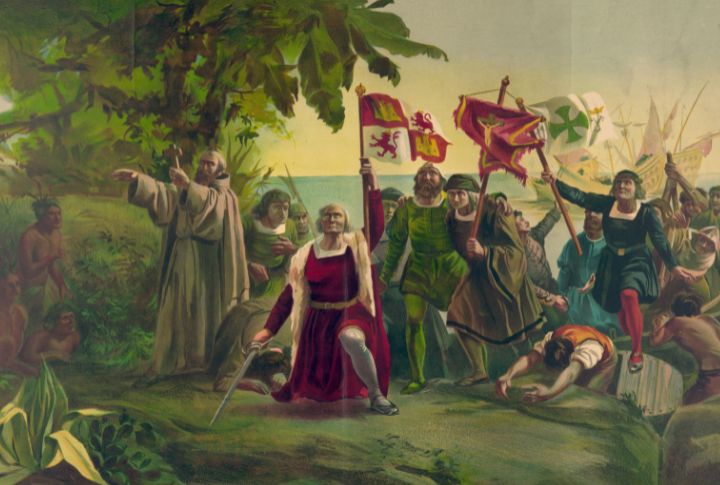
Events that shaped America didn’t always begin with grand visions. In fact, some started with unexpected setbacks or decisions that missed the mark. Over time, those errors opened doors for new opportunities and shifted the balance of power. The outcomes were far from what anyone intended, but they left an undeniable impact. Here are the mistakes that, unintentionally, helped shape the nation we know today.
Columbus Miscalculates Earth’s Size

In the 15th century, Christopher Columbus sailed west, convinced Asia lay just across the Atlantic. Using flawed maps, he underestimated Earth’s size. Rejected by Portugal and England, Spain backed his gamble. He landed on an unknown continent, unaware his voyage would reshape world history.
Spain Ignores John Cabot

When John Cabot, an Italian navigator and explorer, approached Spain’s crown with plans for an Atlantic voyage, they declined. England seized the chance, sending him in 1497 toward Asia’s riches. Instead, Cabot landed on Newfoundland, claiming territory that would underpin England’s growing ambitions in the New World.
The Mayflower Misses Its Target
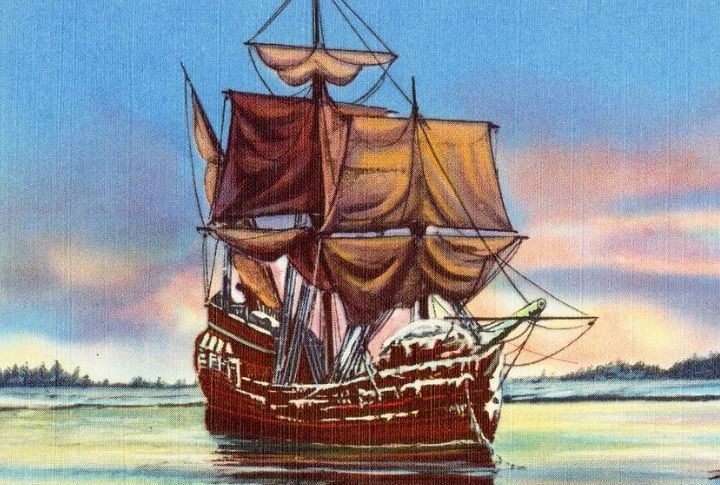
A ship bound for Virginia found itself far north in unfamiliar waters. The Mayflower’s navigational error delivered its passengers to the shores of Massachusetts in 1620. Harsh weather tested their endurance, but their determination laid the foundations of Plymouth Colony. This unplanned settlement became central to America’s founding narrative.
France Sells Louisiana Too Cheaply

In 1803, Napoleon Bonaparte viewed a vast stretch of North American wilderness as more of a burden than an asset. Strapped for funds and focused on European wars, he sold the Louisiana Territory to the United States for $15 million. Overnight, the young republic doubled its size.
The British Underestimate Colonial Resistance
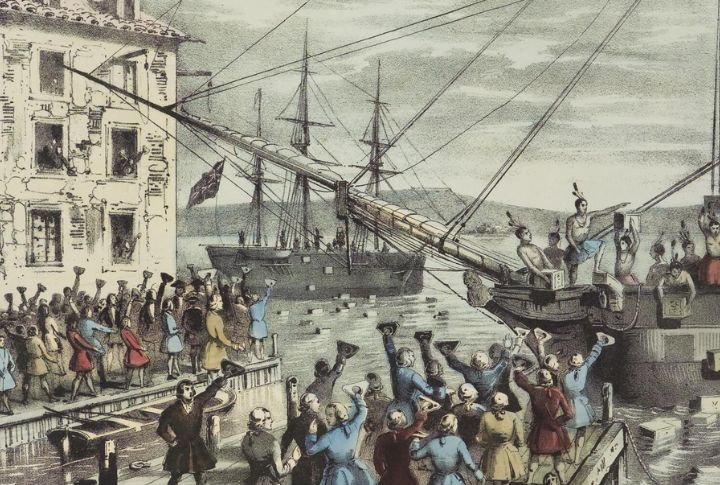
British authorities once believed American colonists were too dependent to mount a serious rebellion. They dismissed acts like the Boston Tea Party as minor disturbances. However, these grievances united disparate colonies. When force was used to intimidate, resistance only hardened, setting in motion a revolution Britain neither anticipated nor could control.
Jamestown Settlers Choose A Swamp

In 1607, English settlers established Jamestown on marshy ground plagued by mosquitoes. The choice proved deadly as disease and famine claimed half the population in the first year. Local Indigenous warnings went unheeded, yet the survivors adapted. This fragile foothold became the spark for further English colonization along the Atlantic coast.
Spain Focuses On Gold And Ignores The North
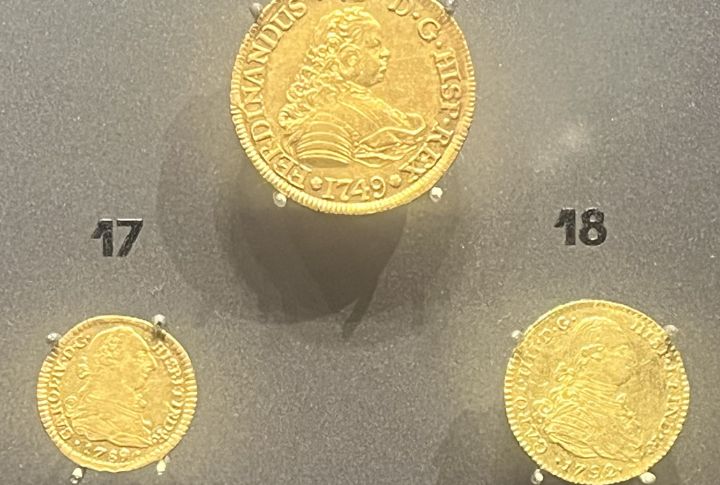
Spain’s empire, obsessed with the mineral wealth of Central and South America, saw little value in the northern continent. Expeditions into Florida and the Southwest were limited, so vast areas were unexplored. In these gaps, English, French, and Dutch interests took root, shifting the balance of influence in North America.
England Uses America As A Penal Dumping Ground
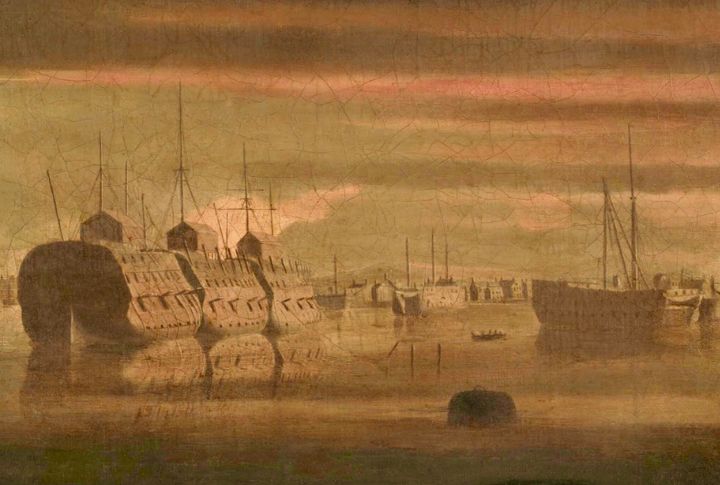
Between the 17th and 18th centuries, Britain sent thousands of convicted criminals across the Atlantic. For the crown, it was cheaper than housing them in overcrowded prisons. Many stayed after serving their terms to build communities and contribute to the colonial population.
Dutch Sell Manhattan For Trinkets

Manhattan changed hands in 1626 when the Dutch purchased it from Native Americans for goods worth about $24. The site soon flourished as a trading hub, yet the Dutch focused on commerce over defense. When the English arrived, they claimed the island with minimal conflict.
King George III Rejects The Olive Branch Petition
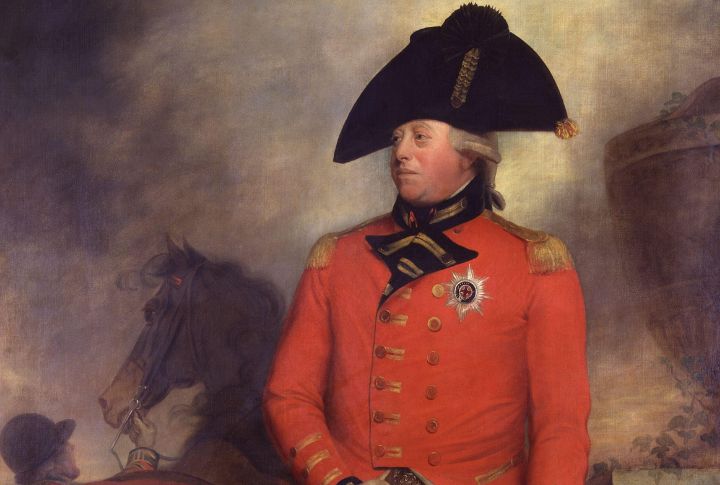
In 1775, colonial leaders sent King George III a plea for reconciliation, hoping to avoid war. The king refused even to read it. This dismissal silenced moderates and fueled calls for independence. What could have been a turning point toward peace instead became the final step toward revolution.

